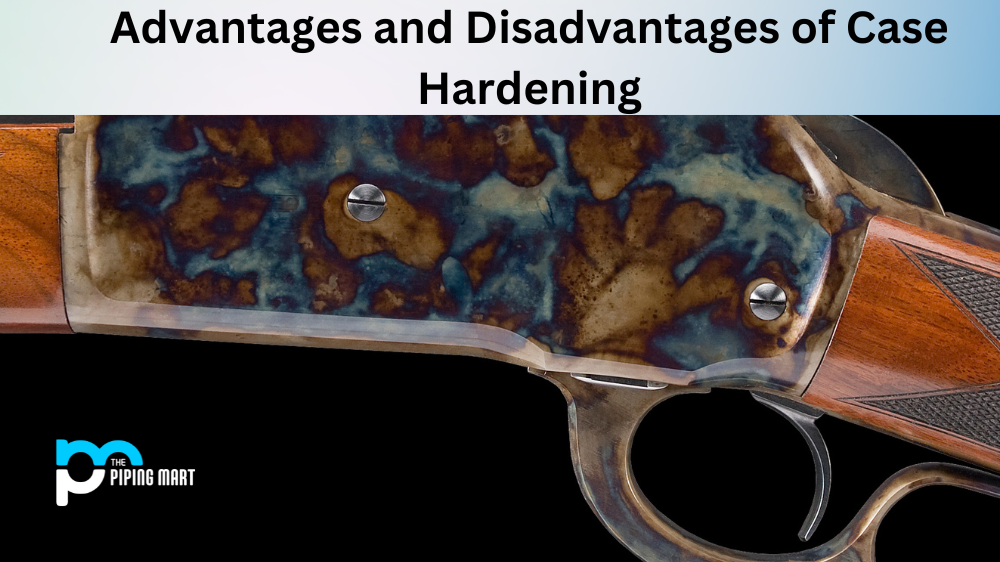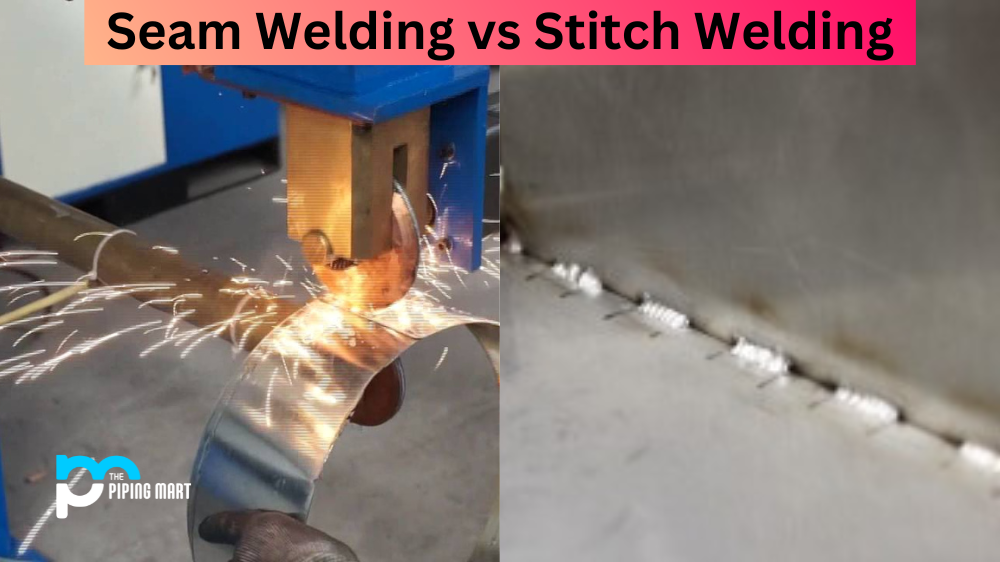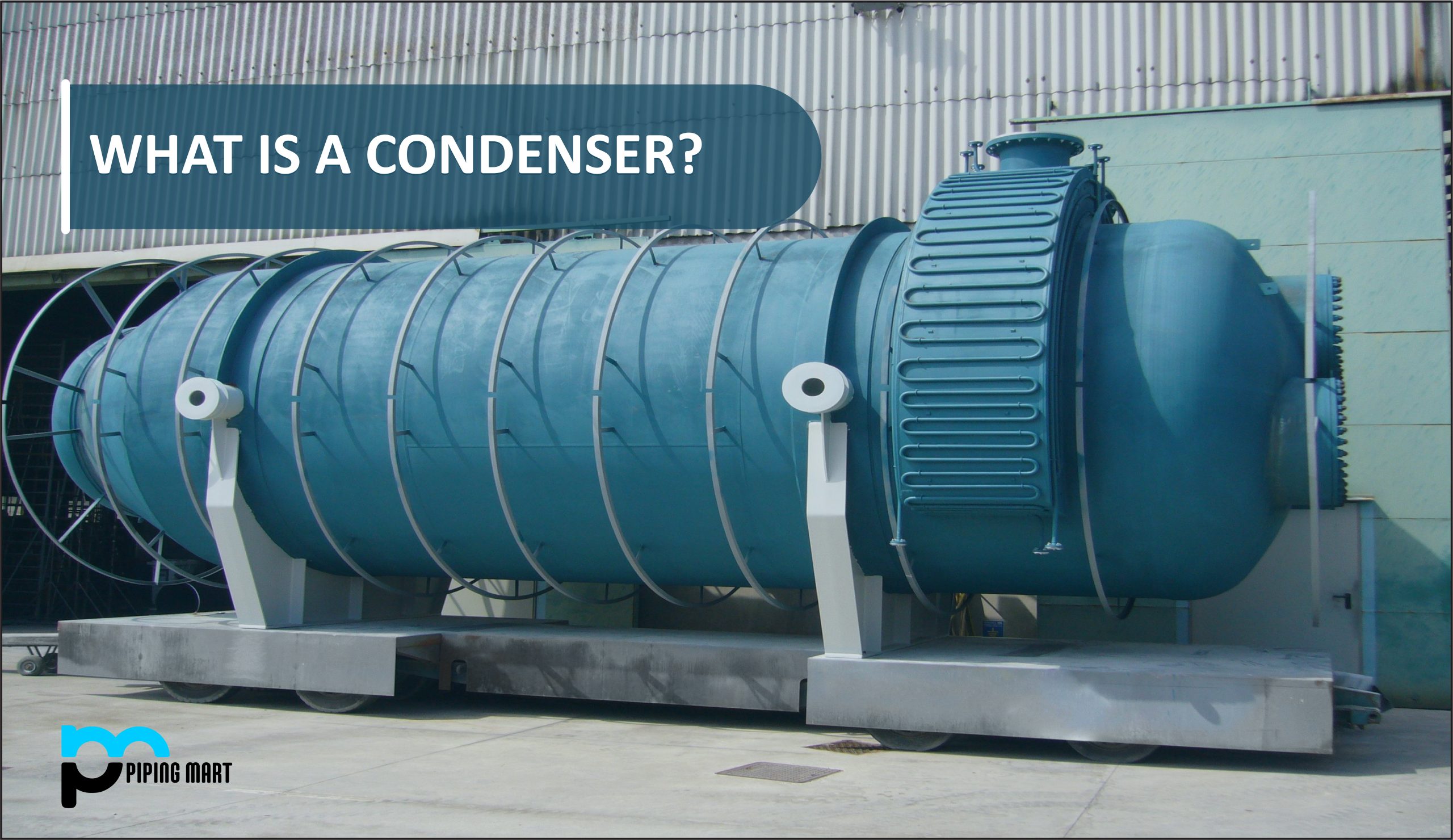Case hardening is a metal treatment process where metal is heated and then cooled. This process strengthens the metal surface and provides a protective coating that prevents corrosion. Although it has many advantages, case hardening also has some drawbacks that should be considered before deciding to use this metal treatment. Let’s take a look at both sides of the coin.
Advantages of Case Hardening
Case hardening offers a number of benefits, including increased hardness, improved wear resistance, and increased corrosion protection. The heat-treated steel surface can also be machined more easily than other metals, making it ideal for manufacturing parts with tight tolerances. Additionally, case-hardened surfaces are more resistant to fatigue and, therefore, last longer than untreated surfaces.
- Case hardening is a process of hardening the surface of a metal object while leaving the core softer.
- The process of case hardening usually involves heating the metal object and then cooling it in oil or water.
- Case hardening can be used to improve the wear resistance, fatigue strength, and corrosion resistance of a metal object.
- The process of case hardening can also be used to improve the aesthetics of a metal object by creating a more attractive surface finish.
- Case hardening is often used on objects made from carbon steel, such as gears, shafts, and tools.
Disadvantages of Case Hardening
The main disadvantage of case hardening is its cost—it takes time to heat up and cool down the metal, which can add significantly to production costs. Additionally, case hardening can distort thin or small pieces due to the extreme temperature changes involved in this process. Finally, there are certain types of metals that cannot be treated using this method, such as mild steel or cast iron–which limits the materials that can be used when case hardening is applied.
- Case hardening can be an expensive process.
- Case hardening can result in uneven hardness, which can weaken the overall strength of the metal.
- Case hardening can cause distortion of the metal, which can make it more difficult to work with.
- Case hardening can create a risk of cracking or chipping, which can reduce the lifespan of the metal.
- Case hardening can make the metal more susceptible to corrosion.
Conclusion:
Overall, case hardening offers many advantages for manufacturers who need strong yet malleable parts with excellent wear resistance and corrosion protection, but it’s important to take into account all potential drawbacks in order to make an informed decision about whether or not to use this process. If you’re considering using case hardening for your project, then weigh up all pros and cons carefully before making your final decision!

Abhishek is a seasoned blogger and industry expert, sharing his insights and knowledge on various topics. With his research, Abhishek offers valuable insights and tips for professionals and enthusiasts. Follow him for expert advice on the latest trends and developments in the metal industry.




